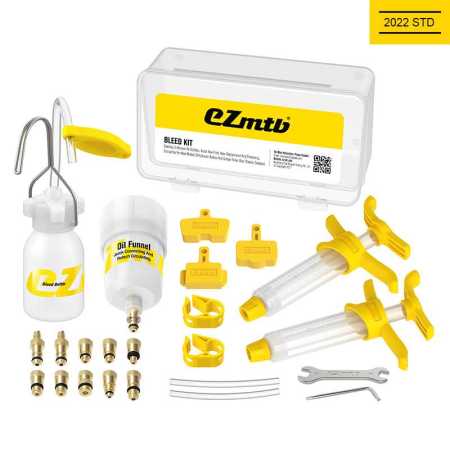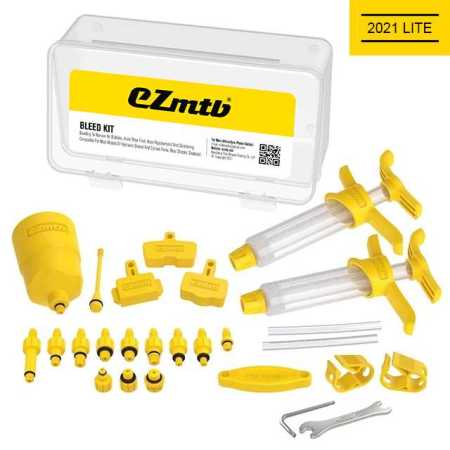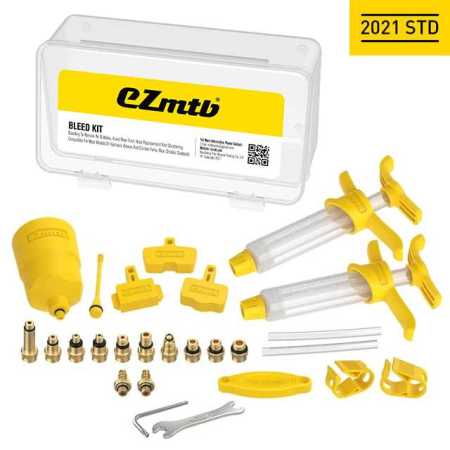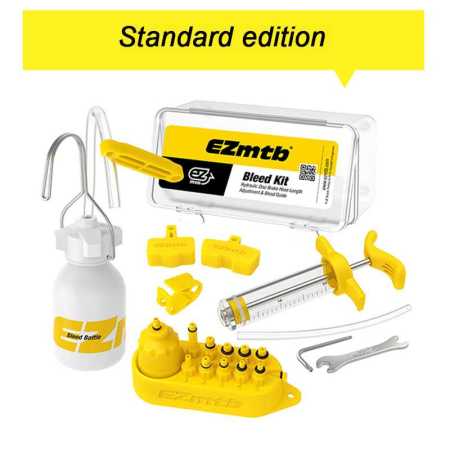Welcome to Abargin, here you will find a great range of bike brake bleed kits. These products are available direct out of asia at significantly lower prices than buying locally.
Quality is comparable to locally stocked brands and your purchase is covered by a buyer protection program. For pricing, more information and customer reviews on these amazing products click on one of the items shown below
How to Bleed Bicycle Disc Brakes
Bleeding your bicycle disc brakes is a relatively simple process that can help to improve the performance of your brakes and extend their lifespan. Here are the steps on how to do it:
- Gather your tools and materials. You will need a bleed kit, a syringe, some clear tubing, and the correct type of hydraulic fluid for your brakes.
- Remove the wheel from the bike. This will make it easier to access the bleed port on the caliper.
- Push the caliper pistons back into the caliper. This will create a space for the new fluid to enter the system.
- Connect the clear tubing to the bleed nipple on the caliper.
- Fill the syringe with the hydraulic fluid.
- Open the bleed nipple and slowly push the fluid through the system.
- Watch the clear tubing for air bubbles. If you see any air bubbles, close the bleed nipple and repeat step 6.
- Once there are no more air bubbles, close the bleed nipple and remove the clear tubing.
- Reinstall the wheel and test the brakes.
Here are some tips for bleeding your bicycle disc brakes:
- Make sure that you use the correct type of hydraulic fluid for your brakes.
- Be careful not to overfill the brake system.
- If you see any air bubbles, don't panic. Just close the bleed nipple and repeat step 6.
- If you are having trouble bleeding your brakes, you can take your bike to a bike shop.
Bleeding your bicycle disc brakes is a relatively easy task that can help to improve the performance of your brakes and extend their lifespan. With a little patience and care, you can do it yourself.











